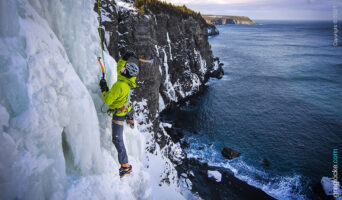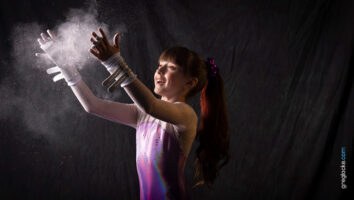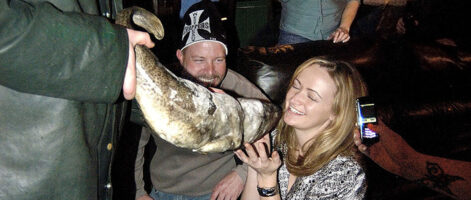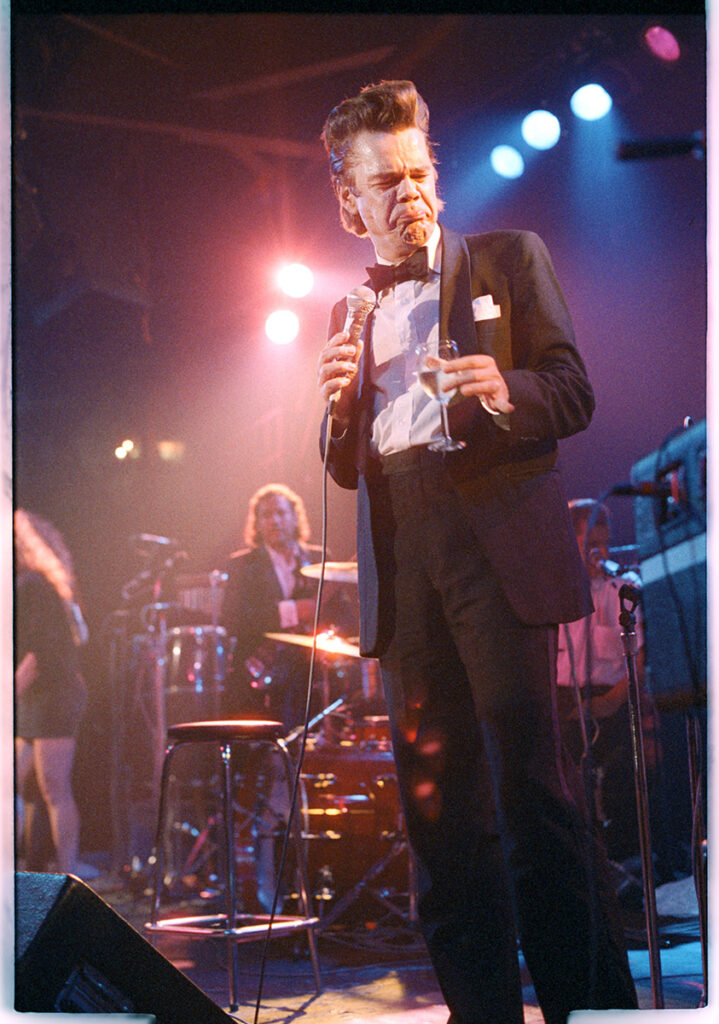
Winter is usually a time to do all the office and administrative stuff I’ve neglected all year. Nice when being in a warm office on a stormy day is rewarding and sometimes even peaceful.
After a 40 year career as a working photographer, half off it was shot with film and half with digital now. I have accumulated an estimated 100,000 slides (transparencies) and negatives. Working news photographers used to shoot 10 to 20 rolls of film PER DAY. So, it collects.
All my collection is catalogued and in archive boxes but not all of it has been digitized. Only those that had value as stock photo sales got scanned. Currently taking up about 10 Terabytes on a server.
Why it matters
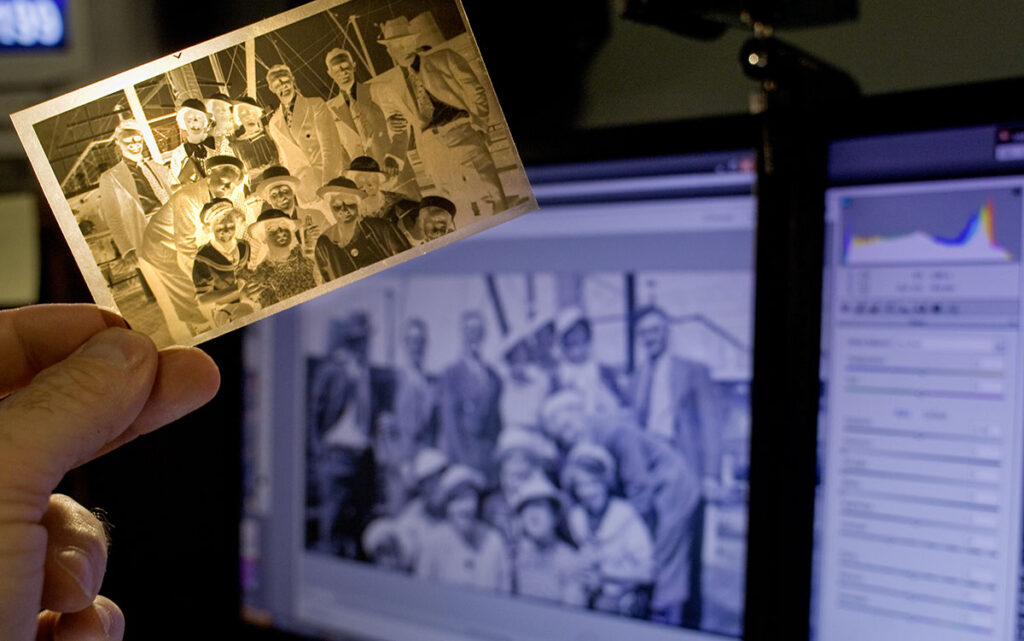
While most photographs and films can have a long life if properly processed and stored the reality is most photographic materials are not. It is possible to have well preserved original photos and negatives that are 50-100 years old they are also easy victims to humidity, chemicals, sun light and other environmental conditions. I have 100 year old negs from my grandmother and they were not stored in perfect conditions.
The vast majority will fade away. or be eated my mildew and mold. I’m sure we have all seen this in our own family photo albums and collections.
One of the biggest offenders and loss was a habit in the 60s and 70s of putting prints in a “sticky” album and then throwing the negatives away. No we have albums of yellowing faded prints that are very difficult to rescue and no original negatives.
I have seen entire collection of historic films and prints go to the landfill from newspapers and company collections. This is a loss of our collective history.
Be it family photos, company collections or historic record, redundancy is the key to protection. By digitizing our photo/film collections it will ensure there there is something should the physical archive be lost to age, accident or negligence.
My Process
There are many ways to copy negs, slides and prints now and with widely varied results. I still prefer my 20 year old Nikon Super Coolscan 8000ED. Its a commercial grade model with a wide rage of options. Even a basic scan will generate a approx 24bit 5700 X 4000 pixel image at 300 dpi. There are plenty of smaller cheaper scanners on the market now.
Because the software that came from Nikon is outdated and no longer updated its a problem running it on modern operating systems. Thankfully Ed Hamrick has created a brilliant piece of scanning software called VueScan. It’s cross-platform and far better than the original software with many more scan options. It works on various versions of Windows, Mac and Linux.
I typically scan for the highest quality possible and save as my main archive photo. If I need anything smaller I will use this as an original, a neg if you will, and make a file or print the size that I need for an application and save as a new file and file name. This preserves the original high resolution scan and cuts the risk of deleting or over-writing your original.
Prints get scanned on a flatbed scanner. Either an Agfa Snapscan e20 or HP flatbed scanner. This tends to be a much simpler process.
Here is a little video of the scanning process when I scanned the David Johansen negative from a Toronto Sun assignment in 1988.
Kodak CT 1000 colour neg film shot with a Nikon F3 with 35mm f1.4 lens.


